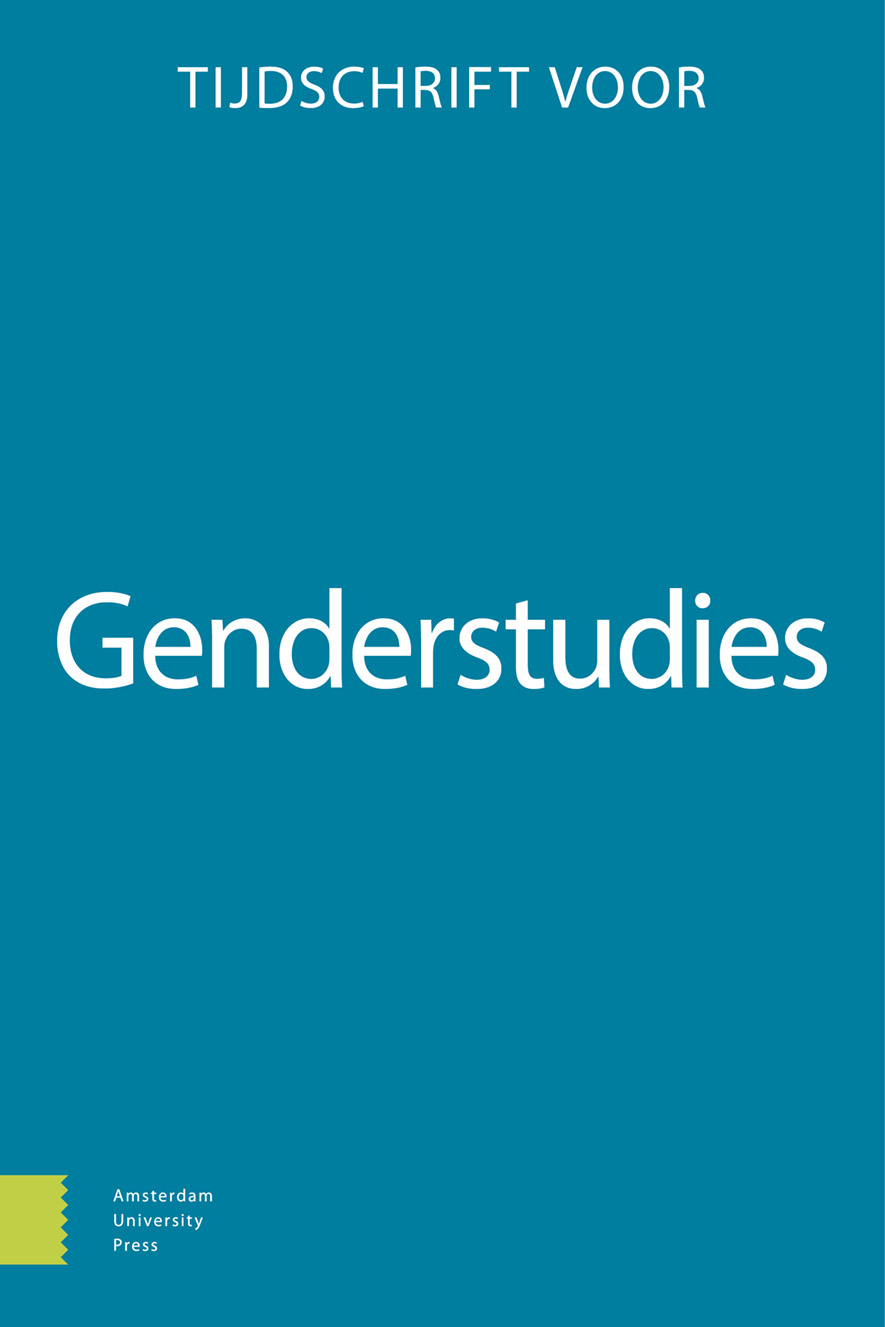-
OAChallenging conventions in women’s magazines: Producing the alternative feminist medium Charlie Magazine
- Amsterdam University Press
- Source: Tijdschrift voor Genderstudies, Volume 25, Issue 2, jun. 2022, p. 120 - 140
-
- 01 jun. 2022
Samenvatting
Women’s magazines and the gender representations in them have been subject to much investigation. Less attention has been paid to alternative media aimed at women, while these have the potential to create and distribute new, empowered approaches to gender representations and business models. This contribution to mapping the alternative feminist media landscape in Belgium focuses on the case of Charlie Magazine, an independent print and online medium in Belgium that existed from 2014 to 2019. Inspired by feminist theory and cultural studies, we discuss norms and conventions in women’s magazines and investigate how dominant gender and gendered norms are subverted in an alternative women’s magazine. Through a discourse analysis of five bookzines of Charlie and four interviews with its editors, we explore different strategies to subvert these norms and conventions. The findings indicate that Charlie challenged these norms in traditional women’s magazines using irony, humour, and intertextuality [1], subversive gender representations [2], and framing the personal as political [3]. Furthermore, interviews with editors and employees of Charlie provide insights into their business model that contributed to the subversion of dominant magazine norms. By investigating the combination of text and production, this article provides unique insights into the production of alternative media targeted at women.


